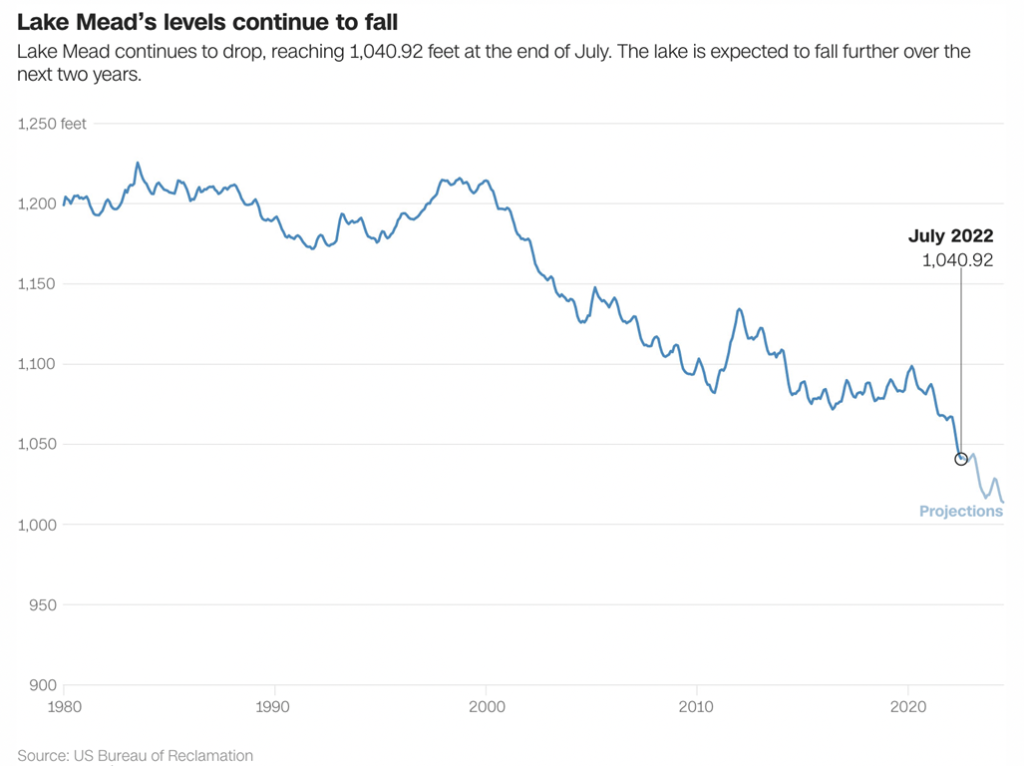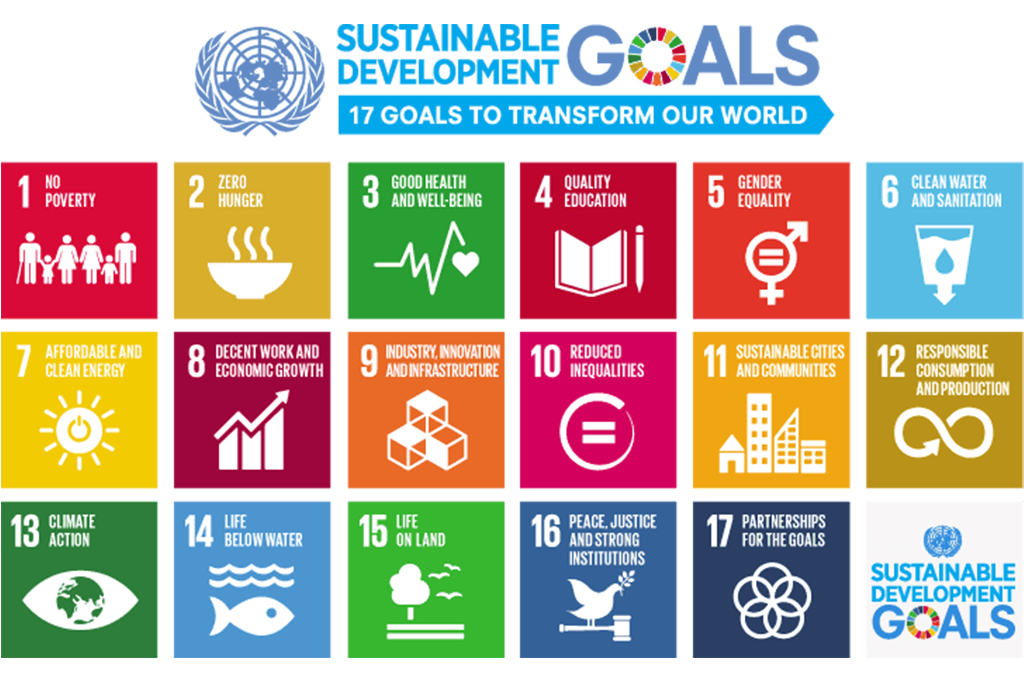Think again, if you believe that droughts are happening only in a few places in the U.S., such as California and Colorado. I intern at the Millwood water treatment plant in Millwood, New York, which supplies clean water to New York City and Westchester County. This summer, we are already seeing a 12% reduction in the Catskill Reservoir (Ashokan Reservoir) levels due to less rainfall. It doesn’t take a genius to figure that there will be drought warnings in various counties in New York – who would have thought about it until this year.
Nearly three-quarters of U.S. farmers say that this year’s drought is hurting their harvest – with significant crop and income loss. Globally rainfall this summer was at unprecedented low levels — I couldn’t help clicking pictures of greens turning to brownfield in southern Italy, Spain and Canary Islands, which I visited for my non-profit work. The water shortage due to lower precipitation and heat has been drying up water sources faster than predicted. For example, the water shortage is not only drying up the Colorado River but also Lake Powell and Lake Mead (less than a quarter full), whose water is expected to decrease by 20% to 1,050 feet in January, leading to a second round of water cuts in the Basin states, triggering the first Tier 2 water shortage in the U.S. Arizona, as an example, will receive 592,000 acre-feet or about 21% of its yearly water allotment.

In comparing the U.S. drought monitor from this July to the previous year, the number of counties expected to reach a heat index of 125 degrees at least once a year jumped more than 20-fold from 50 in 2023 to 1,023 in 2053, according to a study by the climate research group First Street Foundation.

My fellow New Yorkers, as the leaders of the world financial markets and of a baseball-era too (we shall soon regain!), do we not want to take action to be the water-crisis leader of the world? We have one of the cleanest waters in the world from the Catskills. At the same time, water has been more expensive than milk and gasoline even before the gas prices skyrocketed this year.
In order to sustain our water resources, we need to be a thought leader, conserve water, and start not only start thinking about reuse but also about investing in technologies such as rainwater harvesting and desalination. This will ensure that water stays abundant and doesn’t bring us to a point where nations start thinking about World War III over the quest for water.









